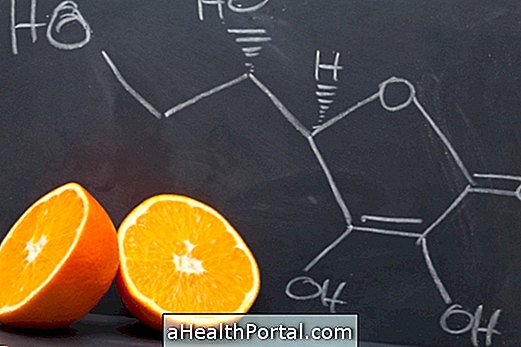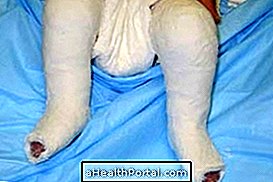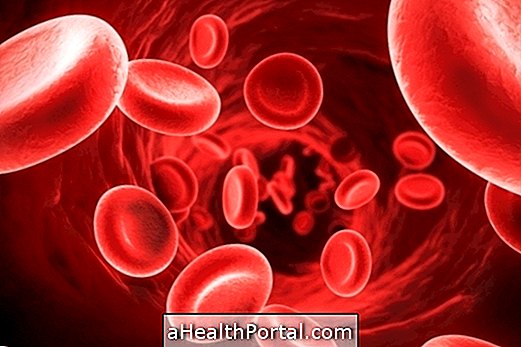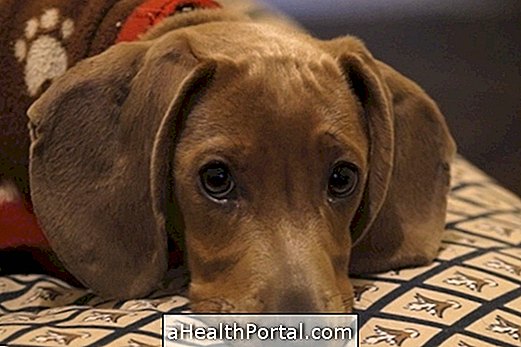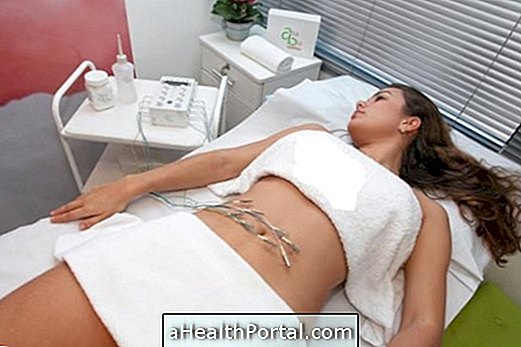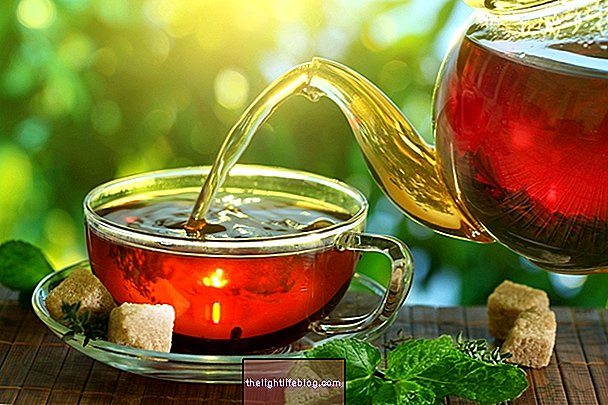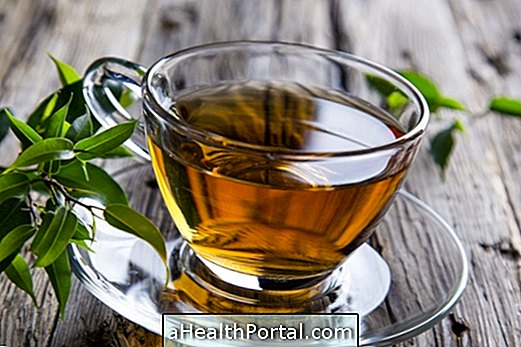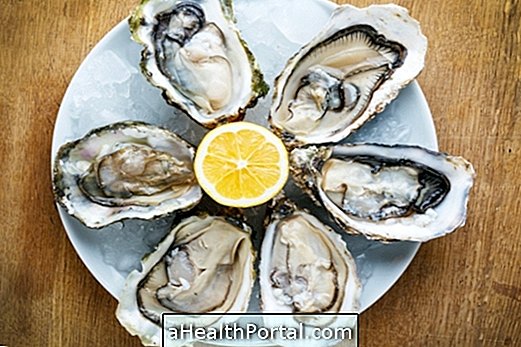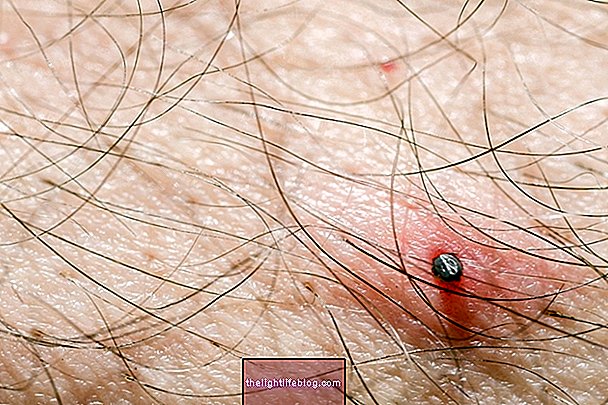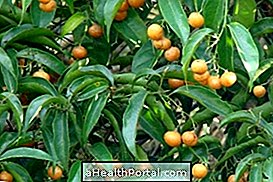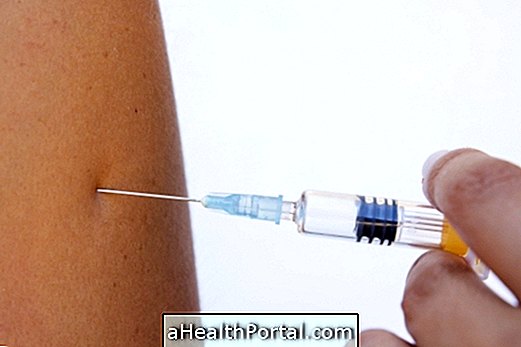The recommended foods in the diet for cirrhosis are fruits, vegetables, whole grains and lean meats as they are nutrient-dense and easily digested foods, not requiring too much liver work.
Cirrhosis is a condition in which the liver loses its function and is usually caused by excessive alcohol consumption or by viral hepatitis. Cirrhosis is only curable when a liver transplant is done, but can be controlled with medication and diet.
Foods that should be avoided
To control cirrhosis and avoid forcing the liver, the following foods should be avoided:
- Alcoholic beverages;
- Red meat;
- Dried or smoked meat;
- Sausages such as sausage, sausage and salami;
- Milk and whole milk products;
- Yellow, high-fat cheeses such as cheddar;
- Sauces such as mayonnaise, ketchup or mustard;
- Fried food;
- Cakes and cream;
- Butter;
- Ready frozen food, packet chips, stuffed biscuits.
In addition, you should increase your intake of fruits, vegetables, whole grains such as rice, pasta, wholemeal bread and flour, and consume fish and white meats daily. It is also important to prefer skim milk and derivatives, and to avoid excessive consumption of salt.
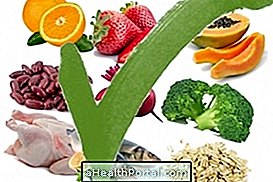

How to control swelling
To control the swelling in the belly that usually occurs in cirrhosis, salt consumption should be reduced by avoiding extra salt in food preparations at home and avoiding high-salt foods such as sausage, packet chips, chicken in cube, English and soy sauces, and fast food.
As an alternative, one should prefer to use natural herbs to season foods such as garlic, onion, parsley, pepper and basil. Here's how to reduce salt intake.
Uncontrolled cirrhosis feeding
The diet for uncontrolled liver cirrhosis is usually made in the hospital, because when the disease is out of control it is common to take medications through the vein and to do regular exams to assess the patient's health status. Thus, it is common in uncontrolled cirrhosis that the diet is done through a tube or a vein, so that it is possible to better control nutrients and improve the patient's nutrition without forcing the liver very hard.
After the hospitalization period, the patient should follow the recommendations of the general diet for cirrhosis, taking extra care to avoid foods that worsen liver function.
Cirrhosis Menu
The following table provides an example of a 3-day menu for liver cirrhosis.
| Meal | Day 1 | Day 2 | Day 3 |
| Breakfast | 1 glass of skimmed yogurt + 1 whole wheat bread with ricotta cheese | 1 glass of orange juice + 1 tapioca with light curd | 1 glass of skim milk with coffee + 5 whole-grain toast with fruit jelly |
| Morning snack | 1 apple + 4 biscuits Mary | 1 glass of skim yogurt + 4 cracker crackers | 1 kneaded banana + 1 col. oat flakes |
| Lunch dinner | Grilled fish + 4 col. brown rice soup + 2 col. of bean soup + cooked salad + 1 orange | Chicken noodles with tomato sauce + green salad + 2 slices of watermelon | Cooked fish with vegetables + 4 col. of rice soup + 1 tangerine |
| Afternoon snack | 1 glass of skim milk with coffee + couscous with light cheese | 1 glass of orange juice with cabbage + 1 whole wheat bread with cottage cheese | 1 glass of low fat yogurt + 6 cracker crackers |
The diet for cirrhosis varies according to the nutritional status of the patient and so must be accompanied by a health professional such as the nutritionist. It is also important to remember that any medicine should only be taken with authorization and medical advice.
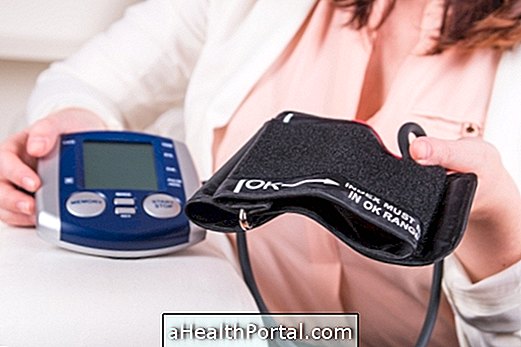
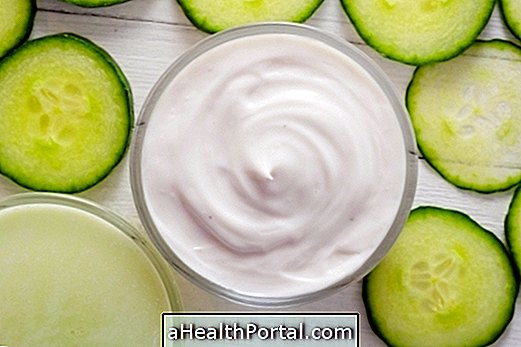
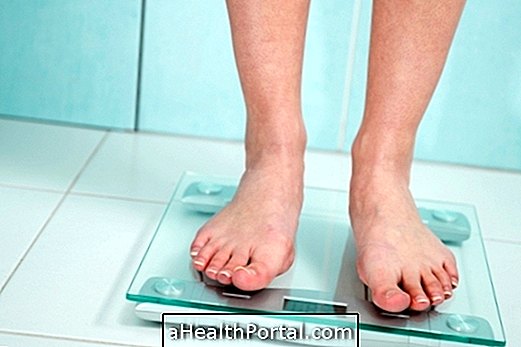
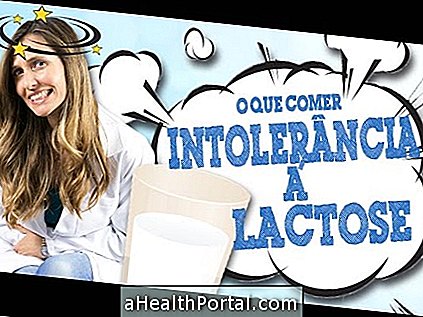
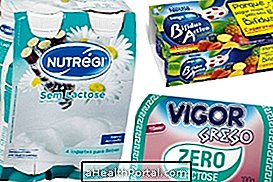
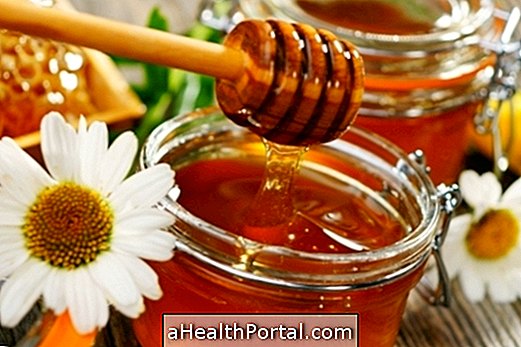

-o-que--sintomas-e-tratamento.jpg)
